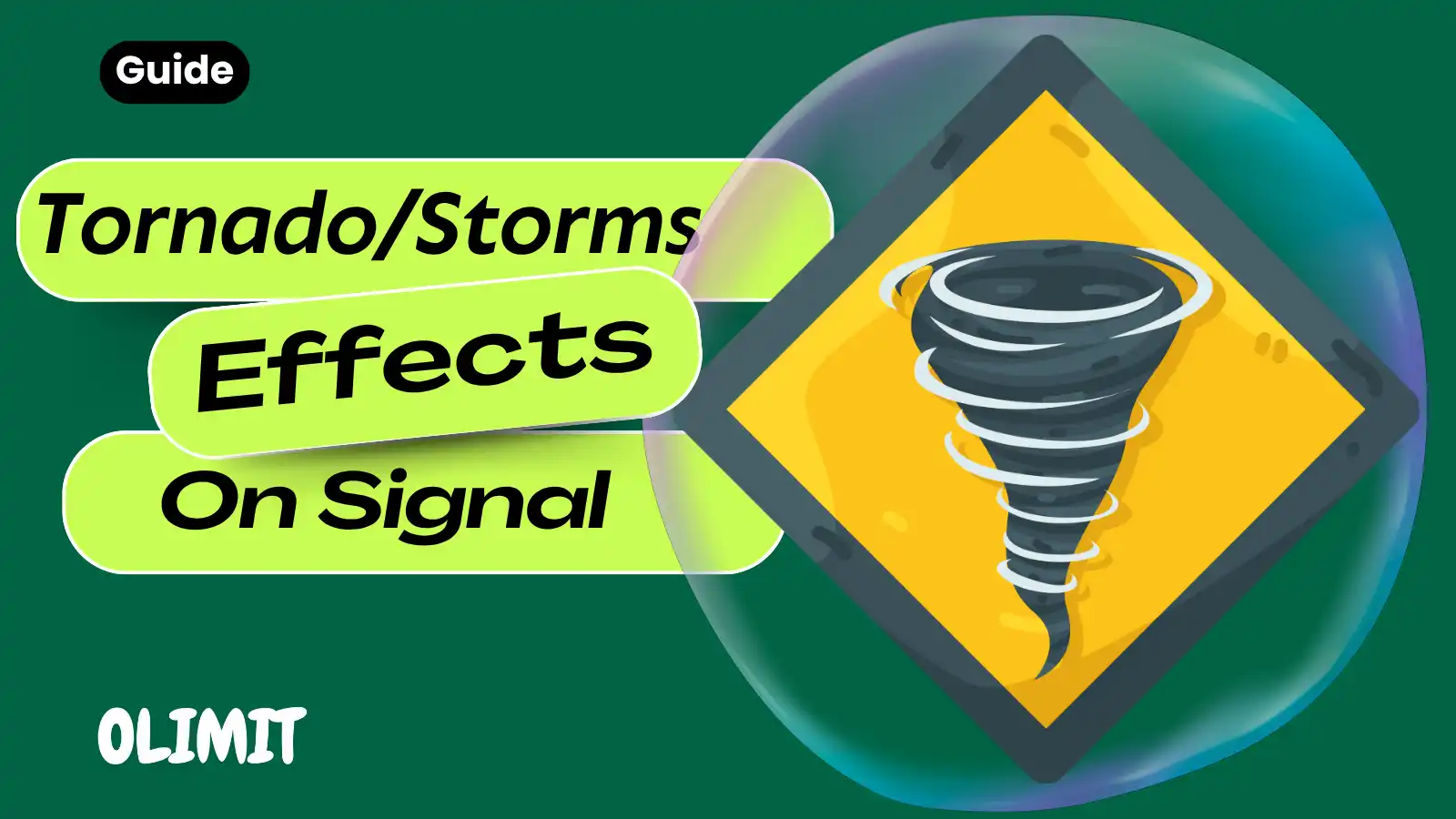Local Disruptions Raise Infrastructure Concerns
As the UK experiences a growing number of sudden storms and high-wind weather events, a pressing question has emerged: can extreme weather — including tornadoes — actually affect mobile and internet networks?
Recent events in Rickmansworth, Hertfordshire, seem to suggest so. On 17 July, following a short-lived but intense storm, residents across Chorleywood, Amersham, and parts of Rickmansworth Road reported a range of issues including dropped mobile calls, unusually slow internet speeds, and in some cases, a complete loss of signal for several hours.
Though providers haven’t declared an official outage, multiple council reports, engineer site visits, and eyewitness photos of damaged infrastructure suggest that the storm may have triggered localised network disruptions.
How Can Storms and Tornadoes Impact Mobile or Broadband Signals?
Yes, but while the UK doesn’t face tornadoes on the scale of the United States, it does experience miniature vortexes, microbursts, and straight-line wind events, which can reach speeds above 60mph. These sudden bursts of wind, often accompanied by lightning or hail, have the potential to:
- Knock over or weaken mobile masts or antenna panels
- Damage or flood street-level fibre cabinets
- Cause power surges that disrupt transmission hardware
- Overload network capacity as users shift from Wi-Fi to mobile data during blackouts
- Interrupt line-of-sight signals needed for stable 4G and 5G coverage
According to a 2023 Ofcom resilience briefing, over 8% of mobile towers in semi-rural areas experienced signal degradation or component failure during Category 1 wind storms.
Local Concerns Mirror Wider Infrastructure Issues
The situation near Rickmansworth Road has drawn particular attention due to its proximity to The Court — a historic listed property that caught fire in February under unexplained circumstances. Since then, the site has remained under surveillance, fenced off, and reportedly under “protective structural work,” some of which was deemed unauthorised.
In a parallel development, temporary support beams were observed near a mobile mast adjacent to the same area on 18 July, the morning after the storm. Residents claim engineers worked on the structure “without signage” or prior notice.
Cllr Stephen Giles-Medhurst, of Three Rivers District Council, stated:
“There are ongoing questions about the resilience of our local infrastructure. Whether it’s historic buildings or broadband masts, transparency and regular maintenance are vital — especially as extreme weather increases.”
The council confirmed it is coordinating with network providers and utility companies to assess storm damage across the district.
Experts Warn of Growing Climate Risks to Networks
Dr. Elaine Morley, a senior analyst at the UK Centre for Telecom Resilience, told Olimit:
“Extreme weather is no longer an anomaly. From wind-damaged towers to rain-flooded cable hubs, we’re seeing a steady rise in disruption reports linked to localised storm activity. Unfortunately, the UK’s telecom infrastructure — much of it built 20+ years ago — isn’t always designed with this new climate in mind.”
She added that while the largest networks have redundancy protocols in place, rural and semi-rural locations like those surrounding Rickmansworth and Chalfont St Giles are often the most vulnerable.
Providers Acknowledge “Isolated Issues”
Inquiries made to Vodafone, EE, and Virgin Media O2 yielded no confirmation of a formal outage. However, internal sources said localised inspections were underway in Hertfordshire and Buckinghamshire due to “minor weather-related service inconsistencies.”
A spokesperson for BT Openreach added:
“We are currently assessing the health of roadside fibre cabinets in the area after reports of intermittent access. Heavy surface water and wind debris are common triggers for signal loss after short-duration storms.”
Community Response: More Than Just an Inconvenience
Local residents are now calling for proactive investment in both climate-resistant equipment and real-time communication when outages or slowdowns occur.
Fiona Lawton, who lives near The Court, shared her frustration:
“We had no mobile data or broadband for nearly six hours after the storm. No notice, no follow-up. If this is the future of British weather, we need better systems in place — especially for people working from home or caring for family.”
Reporting Network Faults After a Storm
Officials at Three Rivers District Council encourage residents to report any network issues or visible equipment damage following severe weather events. This includes:
- Tilting or damaged mobile towers
- Open or exposed fibre cabinets
- Sudden, unexplained signal loss
- Utility vehicles operating without notice
📧 Submit sightings or evidence to:
info@palegreen-woodcock-125323.hostingersite.com
Conclusion: Preparedness Matters
As weather patterns shift, so must the UK’s approach to digital infrastructure. The Rickmansworth disruption serves as a timely reminder that storms and tornado-strength winds are no longer theoretical risks — they are increasingly real, and increasingly impactful.
Without investment in resilience, communication, and community reporting, the UK may soon find its digital lifelines just as fragile as its crumbling rooftops.




